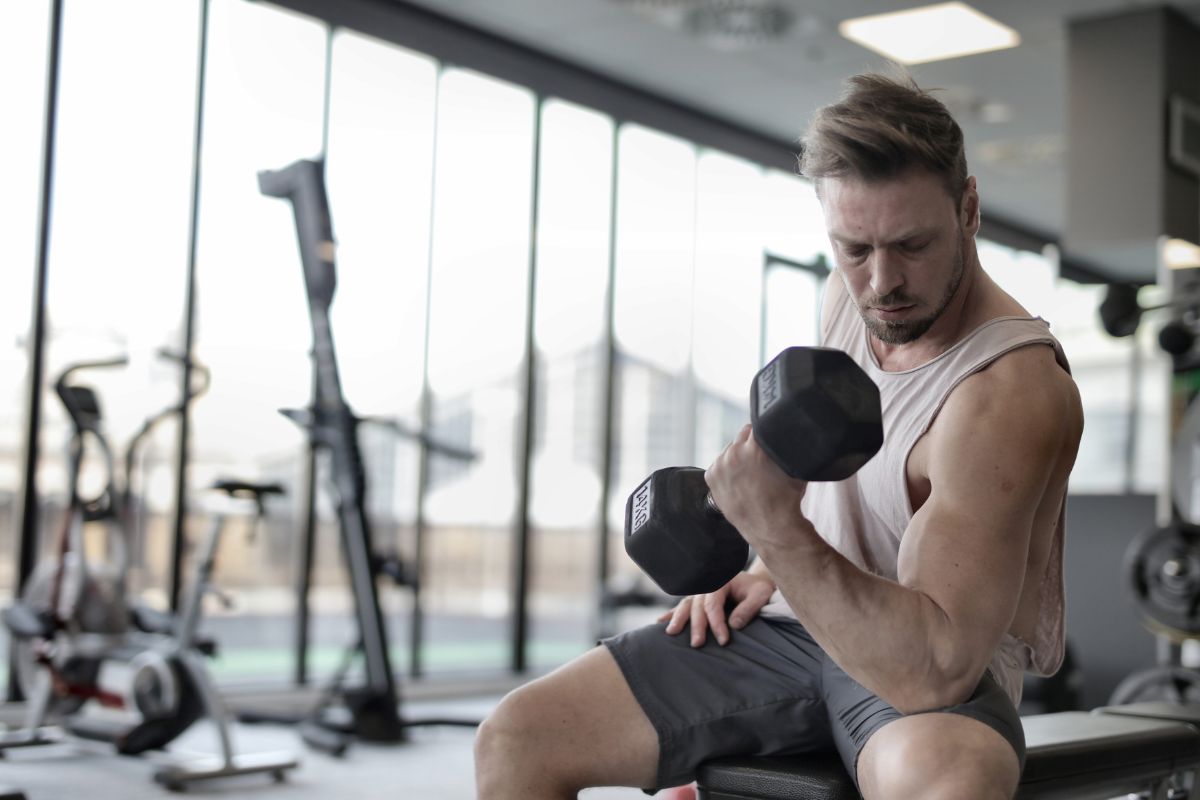Your cart is currently empty!
Phototherapy in skeletal muscle performance and recovery after exercise: effect of combination of super-pulsed laser and light-emitting diodes.

by Fernanda Colella Antonialli, Thiago De Marchi, Shaiane Silva Tomazoni, Adriane Aver Vanin, Vanessa dos Santos Grandinetti, Paulo Roberto Vicente de Paiva, Henrique Dantas Pinto, Eduardo Foschini Miranda, Paulo de Tarso Camillo de Carvalho, Ernesto Cesar Pinto Leal-Junior
Abstract: Recent studies with phototherapy have shown positive results in enhancement of performance and improvement of recovery when applied before exercise. However, several factors still remain unknown such as therapeutic windows, optimal treatment parameters, and effects of combination of different light sources (laser and LEDs). The aim of this study was to evaluate the effects of phototherapy with the combination of different light sources on skeletal muscle performance and post-exercise recovery, and to establish the optimal energy dose. A randomized, double-blinded, placebo-controlled trial with participation of 40 male healthy untrained volunteers was performed. A single phototherapy intervention was performed immediately after pre-exercise (baseline) maximum voluntary contraction (MVC) with a cluster of 12 diodes (4 of 905 nm lasers-0.3125 mW each, 4 of 875 nm LEDs-17.5 mW each, and 4 of 670 nm LEDs-15 mW each- manufactured by Multi Radiance Medical™) and dose of 10, 30, and 50 J or placebo in six sites of quadriceps. MVC, delayed onset muscle soreness (DOMS), and creatine kinase (CK) activity were analyzed. Assessments were performed before, 1 min, 1, 24, 48, 72, and 96 h after eccentric exercise protocol employed to induce fatigue.
Key points:
- Phototherapy increased (p < 0.05) MVC was compared to placebo from immediately after to 96 h after exercise with 10 or 30 J doses (better results with 30 J dose).
- DOMS was significantly decreased compared to placebo (p < 0.05) with 30 J dose from 24 to 96 h after exercise, and with 50 J dose from immediately after to 96 h after exercise.
- CK activity was significantly decreased (p < 0.05) compared to placebo with all phototherapy doses from 1 to 96 h after exercise (except for 50 J dose at 96 h).
- Pre-exercise phototherapy with combination of low-level laser and LEDs, mainly with 30 J dose, significantly increases performance, decreases DOMS, and improves biochemical marker related to skeletal muscle damage.
Similar Studies
Photobiomodulation therapy (PBMT) in bone repair: A systematic review